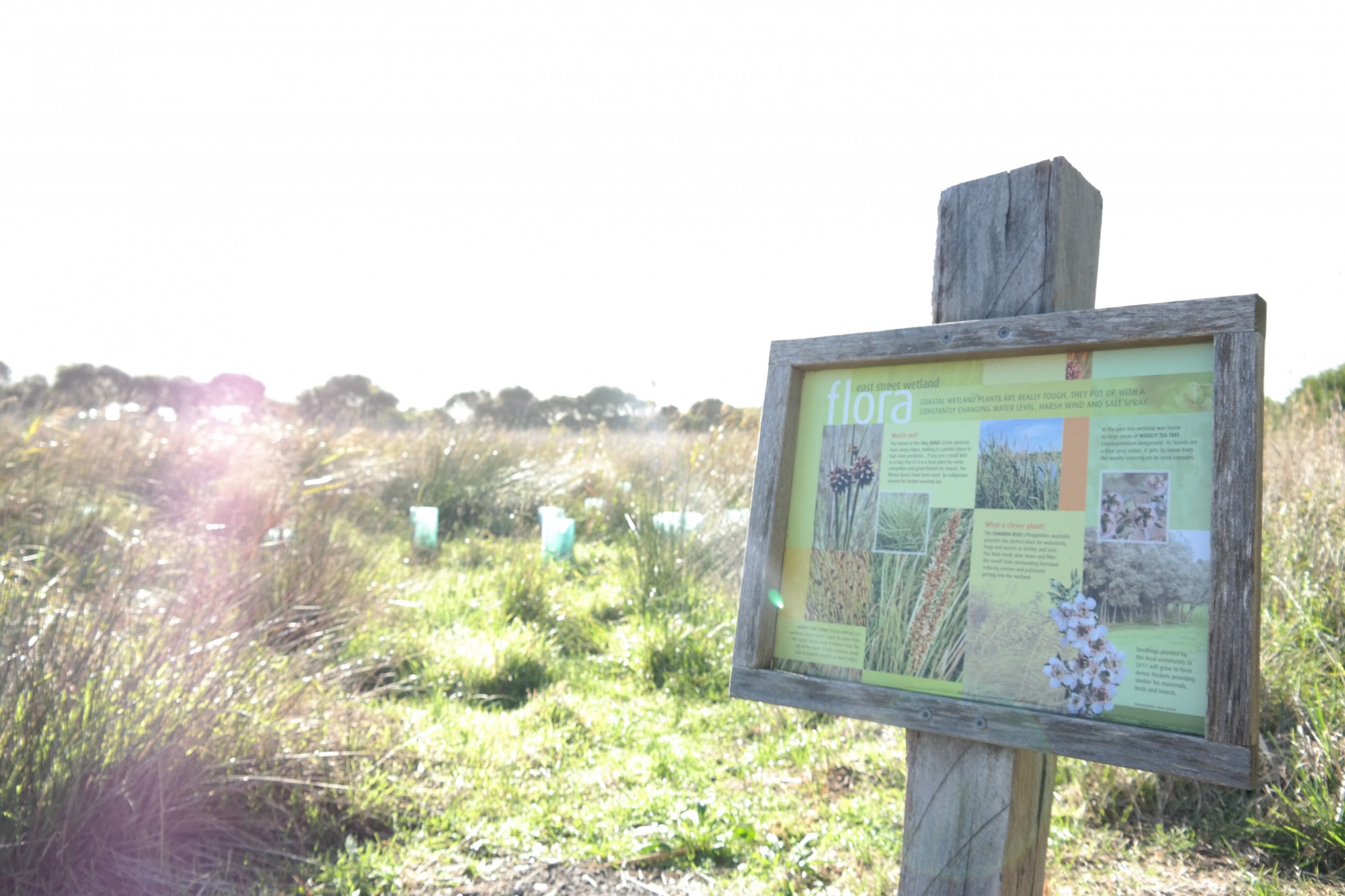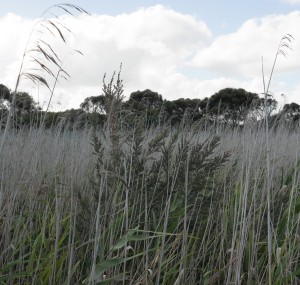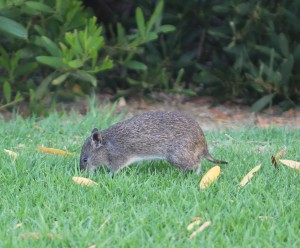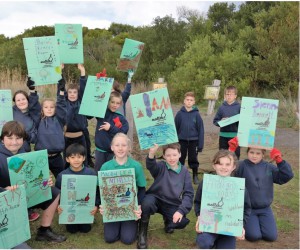The area historically encompassed the endangered ‘Swamp Scrub’ Ecological Vegetation Community (EVC) of the Warrnambool Plain bioregion, the extent of which has been significantly reduced in the region and local area since European settlement mainly due to clearing and conversion to farmland.
We are working to establish important flora species and habitat features, such as the Wooly tea-tree (Leptospermum lanigerum) (pictured left). The project provides a very important and rare opportunity for the local community and general public to engage and learn about the importance of this habitat in-situ, being one of very few examples of this EVC along the Surry River floodplain.









No Comments